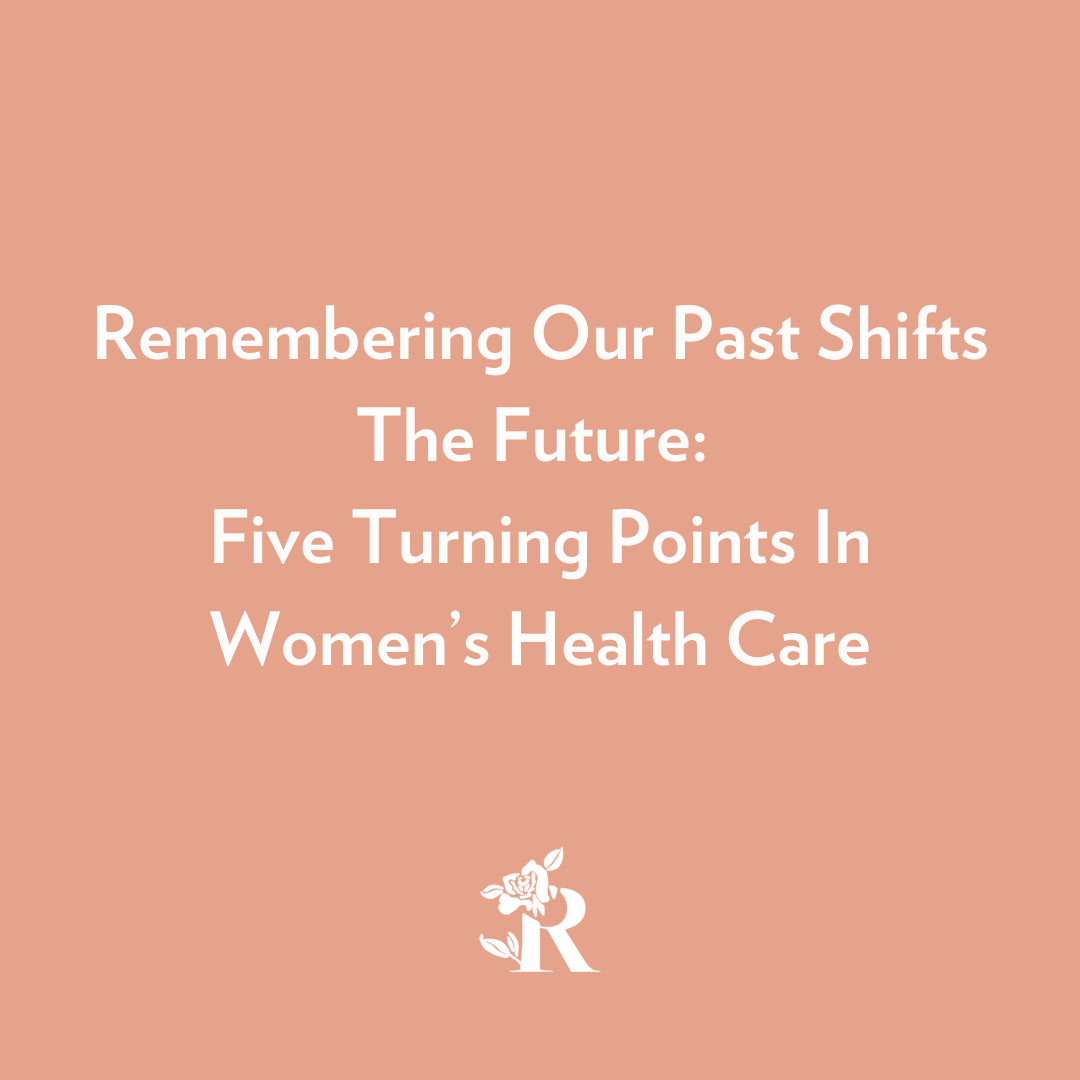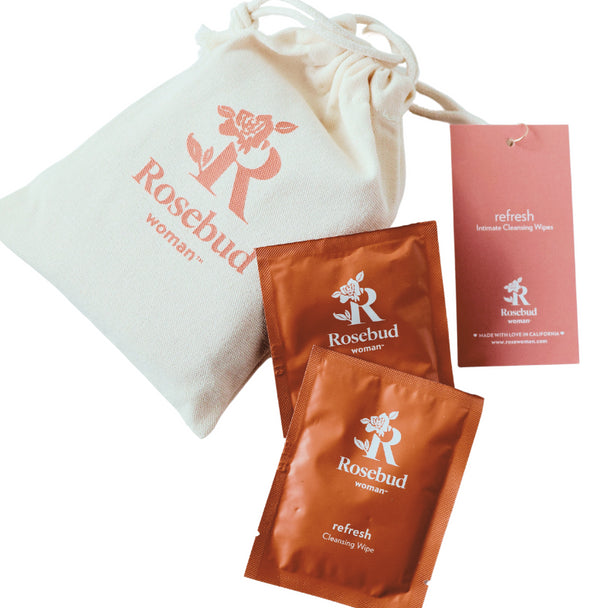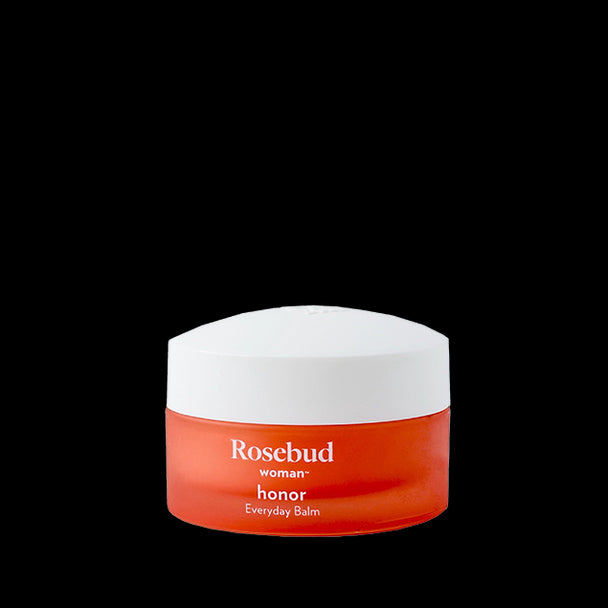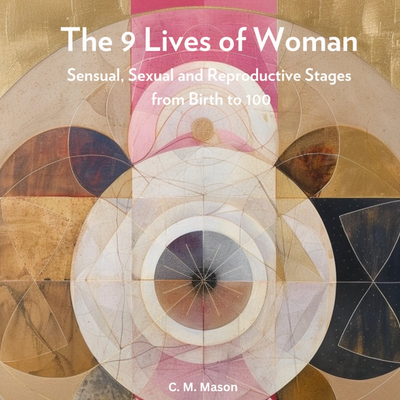Remembering Our Past Shifts The Future: Five Turning Points In Women’s Health Care
This article is a guest post from the Perry community.
Not too long ago, the majority of medical knowledge was based solely on the male body. What was known about women was primarily based on superstition and speculation. Yet, remarkable strides have been made in the last several decades that have wholly transformed women’s health as we know it today. And while we have so many walls that still need to be broken down (maternal mortality rates and racial inequities in medicine, for example), we must take a step back and acknowledge the pivotal moments that paved the way for a better today.
Here is a look at five key points in history that shifted women’s health in the 21st century.
1. Menstrual Care
Before the birth of the disposable “sanitary” pad, women constructed their own products to catch their menstrual blood. Different fabrics, wool, and paper were commonly used, washed, and re-used out of necessity. Records as far back as the ancient Egyptians remark that papyrus was used as a modern-day tampon, and the ancient Greeks even used thin wood (yikes) during menstruation.
In 1896, Johnson & Johnson released Lister’s Towels, the first attempt at getting a “sanitary napkin” on the market. The product ultimately failed because the public was not ready to acknowledge or accept the need for menstrual products.
However, with the birth of the Women’s Suffrage Movement, the public finally accepted the Kotex pad released by the Kimberly-Clark Company. Part of its wild success was that Kotex pads were advertised in the Ladies’ Home Journal, where every woman realized in the comfort and protection of her own home there was another option for soaking up her monthly menses.
Just over a decade later, the first disposable tampon was created by Dr. Earle Haas. Tampon stems from the French word for plug or buffer, as the device was seen to “plug up” menstrual blood. One must wonder if the modernization of menstruation products has made women more able to leave the home and help promulgate communities around the world.
2. Birth Control
Records indicate that people have been using birth control measures throughout history. Indeed, since the beginning of humanity, people have participated in sex for reasons other than reproducing their own DNA. Examples of birth control before the advent of the pill include:
- Queen Anne’s lace
- Olive oil
- Condoms fashioned out of animal skins and bladders, and
- Fabrics placed near the cervix.
Yet, any mention of birth control before the 20th century was considered immoral and perhaps even satanic. That is until Margaret Sanger, an obstetrical nurse on the Lower East Side of Manhatten, saw how the effects of extreme poverty, high fertility rates, and fetal mortality rates were running rampant through this part of the city. Not to mention, death rates were high among women who sought illegal abortions.
Sanger opened the first birth control clinic in 1916 in Brooklyn. Her legacy lives on in her clinic, which has now evolved into Planned Parenthood.
It wasn’t until 1960 that the first birth control pill was approved by the FDA- and that was only for married women.
3. Cervical Testing
Many of us dread the discomfort of the pinch and scrape that accompanies a pap smear. However, without this advancement in women’s health, cervical cancer rates would be a high cause of mortality among women.
In 1941, George Papanicolaou discovered the Pap smear, a diagnostic tool for identifying questionable cells on the cervix. With this testing method, providers can now detect precancerous cells before they develop into cancerous cells and metastasize.
4. Mammography
Mammograms existed before the advent of the modern-day mammography machine. However, the imaging was performed with traditional x-rays, exposing women to high levels of radiation. In 1969, low-radiation mammography was created, making it less harmful to detect dangerous lesions and growths in breast tissue. However, it wasn’t until 2000 that the first digital mammography machine was released onto the market.
Mammography is now an essential part of a woman’s health maintenance. And, because it mostly affects women, this lifesaving screening tool is helping to break down health disparities and challenges among the sexes.
5. Our Bodies Our Selves
Talking about the female body has nearly always been taboo - even among close groups of women. Indeed, even teaching a woman about her own body was unheard of until a few decades ago. So, when the first book about women’s health and sexuality was written in 1969 by women, women’s health care jumped yet another hurdle. Now, women could learn about their own bodies from fellow women in Our Bodies Our Selves, instead of receiving education only from their gynecologists (most of which were male).
There has been incredible headway looking back on this brief timeline of key advancements in women’s health. Yet, there is no doubt about it: we have a long way to go. One way we can continue to better women’s overall health and wellbeing is to start honoring our own bodies. And, let us not forget the power of creating communities of trust and support in our fellow sisters.
Julia Walker, RN, BSN is a women’s health nurse and advocate. She is a member of the Perry team. Perry is a social network that connects like-minded warriors in the same stage of life. This community offers a safe space for women to unite and tap into knowledge and resources from menopause experts.
Disclaimer: This is not medical advice, does not take the place of medical advice from your physician, and is not intended to treat or cure any disease. Patients should see a qualified medical provider for assessment and treatment.


















